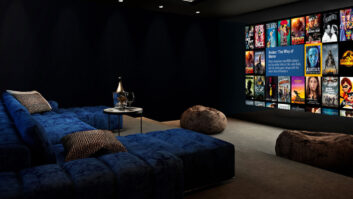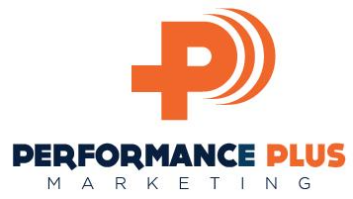I spent a couple of days last week at Crestron headquarters going through Crestron Studio training to get a full understanding of how it is being presented and to give my feedback to Crestron leadership on how it is received by a dealer and programmer.
We’ve been using Studio and PYNG for a while now to speed up programming and installs, but I also learned some new things last week. But, most importantly, I learned what makes a good training and what makes a training session tedious. I was discussing this with my colleague Mark Feinberg, owner of Home Theater Advisors, and he seconded many of these same great experiences that he had when he went to Control4 training in Charlotte, NC, last summer.

Image: Thinkstock
1. Hands-on Experience
There is nothing like getting down and dirty with the software and hardware to bring a training to life. We had full gear in front of us and were able to see our programming in action, not just on the screen, but in a functioning system.
2. Relevant Content
We were not learning theoretical problems or solutions to arcane issues. We went over everyday installs from single-room to whole-home luxury installs—the types of things we do every day. We weren’t automating the fountain to turn on if it is after 6 p.m., hasn’t rained in 36 hours, and the dog barked. We were creating systems and automating activities our clients will use every day.
3. Interactive Communication
I don’t think I saw a single PowerPoint slide. Our instructor, Shaun Nelson, used the giant Post-It pads to jot down ideas as we discussed them, and he used the discussion to direct the instruction.
4. Group Discussion
Hearing questions from others in the group was eye-opening. It was a great opportunity to see situations others face and how they approach the solution.
5. Frequent Breaks
No matter how good the training is, we all get fidgety pretty easily. We aren’t used to sitting at desks all day long. Short, frequent breaks make it much more bearable
I came away from the two days impressed with the instructor’s style, the content that Crestron chose to include, and the flow of the entire training session.
I get invited, at least weekly, to a webinar of some form or another. I almost universally decline to attend. These webinars are the exact opposite of a great training. They are typically structured more to sell us on some new product that a manufacturer is introducing and do not provide a whole lot of day-to-day, useful information. I don’t really care about the engineering that went into it or the focus groups you did (well, maybe I do a little bit, but not for an hour!). I want to hear how it solves situations that we run into every day; how it integrates with various control systems; real-life examples of the product being used; demonstrations of the product being installed and configured; common end-user questions and answers; and anything else that will make me feel comfortable selling and installing the product.
While we do bring in a lot of product to evaluate for addition to our solution offerings, we are not going to buy it to evaluate it if we do not feel extremely confident it will be a good fit. Sales people usually cannot give us the level of confidence of knowing how it works in the field. So to all of the manufacturers out there inundating my inbox with webinar invites, please treat it more like an in-person training and improve the value of the presentation. Don’t just make it a sales pitch.
Who do you think provides some of the best manufacturer trainings in industry? Let me know, I want to know which trainings to attend and which to skip!






